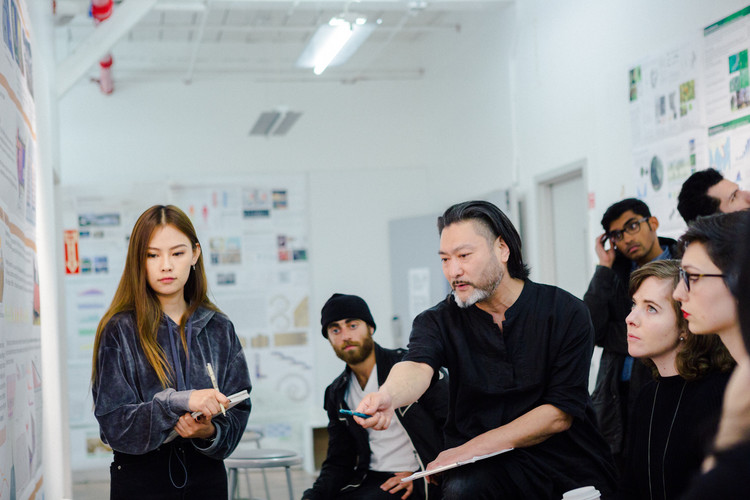Introduction
In a world where trends shape our cultural landscape, understanding how to “fadify” has become a valuable skill. Whether it’s in fashion, technology, lifestyle, or business, trends dictate the market. They influence what we wear, the gadgets we buy, and even the way we live. But what does it mean to “fadify,” and how can you harness the power of trends to your advantage?
This comprehensive guide delves into the concept of fadification and provides practical insights into how you can create, sustain, and benefit from trends. We’ll explore the psychology behind trends, their life cycles, and proven strategies to leverage them in your business or personal endeavors.
Understanding Trends and Fads
Trends and fads are often used interchangeably, but they have distinct characteristics that are crucial to understand.
What is a Trend?
A trend is a general direction in which something is developing or changing over time. It is typically characterized by longevity and gradual acceptance. Examples include sustainable fashion, plant-based diets, and digital currencies.
What is a Fad?
A fad, on the other hand, is a short-lived, highly popular phenomenon that often fades quickly. It tends to gain rapid acceptance and just as rapidly loses its appeal. Examples include Pokémon cards, Tamagotchis, and the ice bucket challenge.
Common Characteristics of Trends and Fads
- Trends:
- Longevity: Lasts for years or even decades.
- Evolution: Continuously evolves.
- Gradual Adoption: Slowly gains acceptance over time.
- Fads:
- Short-Lived: Typically lasts for a few months to a year.
- Intensity: Gains and loses popularity rapidly.
- Novelty: Often based on novelty or gimmick.
The Difference Between Trends and Fads
Duration
Trends are long-term while fads are short-term phenomena. Trends like minimalism or digital banking have sustained their presence for years, while fads like Gangnam Style or hoverboards disappear quickly.
Adoption Curve
Trends have a gradual adoption curve. They typically start with innovators, are picked up by early adopters, and eventually reach the mainstream. Fads, on the other hand, explode onto the scene and quickly fade.
Impact on Culture
Trends often lead to substantial cultural shifts. For instance, the rise of remote work due to digital transformation has altered workplace norms. Fads rarely have such a lasting impact. You can also read How Michelle Carter Fundraiser Became a Topic of Controversy
The Life Cycle of Trends and Fads
Understanding the life cycle of trends and fads is essential to capitalize on them.
The Life Cycle of a Trend
- Emergence: Innovators identify an opportunity or unmet need.
- Adoption: Early adopters embrace the trend and spread awareness.
- Growth: The trend gains momentum and becomes widely adopted.
- Maturity: The trend reaches saturation and is integrated into the mainstream.
- Decline: The trend fades or evolves into a new form.
The Life Cycle of a Fad
- Innovation: A novel idea captures attention.
- Rapid Growth: Social media or influential figures accelerate its popularity.
- Peak Popularity: The fad reaches its zenith, becoming a cultural phenomenon.
- Decline: Interest wanes rapidly as novelty wears off.
- Obsolescence: The fad is replaced or forgotten.
The Psychology Behind Trends: Why We Follow
Social Proof and Herd Mentality
Humans are inherently social creatures. When we see others adopting a trend, we’re more likely to follow suit. This phenomenon, known as social proof, is a significant driver of trends.
FOMO (Fear of Missing Out)
The desire to stay relevant and not miss out on popular experiences or products can drive people to follow trends, even if they’re not initially interested.
The Bandwagon Effect
The bandwagon effect refers to the tendency of people to adopt behaviors or beliefs because others are doing the same.
Scarcity and Exclusivity
Scarcity and exclusivity can make trends more appealing. Limited-edition products or exclusive memberships can drive interest and adoption.
How to Identify Emerging Trends
Trendspotting Tools and Techniques
- Social Media Monitoring: Use platforms like Twitter, Instagram, and TikTok to see what’s trending.
- Google Trends: Analyze search data to identify rising topics.
- Industry Reports: Consult market research reports for insights.
- Influencer Marketing Platforms: Monitor influencer activities and their audience engagement.
- Crowdsourcing: Leverage community feedback and ideas.
Identifying Key Innovators and Influencers
Influencers and thought leaders often lead the way in trendsetting. Identifying and following them can help you spot trends early.
Analyzing Consumer Behavior and Market Signals
Look for shifts in consumer behavior, purchasing patterns, and cultural values that can signal emerging trends.
How to Fadify: Creating a Trend from Scratch
Understanding Your Audience
- Demographics: Age, gender, location, income, etc.
- Psychographics: Interests, values, lifestyle, etc.
- Pain Points: Identify problems that need solving.
Finding Your Unique Selling Proposition
Determine what makes your product, service, or idea unique. Is it innovative, cost-effective, or solves a previously unmet need?
Creating a Narrative
People connect with stories, not products. Create a compelling narrative around your trend that resonates emotionally with your audience.
Building a Strong Visual Identity
Visual branding is crucial. Your trend should have a recognizable logo, color scheme, and overall aesthetic that makes it instantly identifiable.
Leveraging Influencers and Early Adopters
Work with influencers and early adopters who align with your trend’s values. Their endorsement can drive initial traction.
Sustaining Trends: How to Keep Your Trend Alive
Staying Relevant
- Continuous Innovation: Keep improving or evolving your trend.
- Content Creation: Share engaging content regularly.
- Collaboration: Partner with complementary brands or influencers.
Expanding Your Trend’s Reach
- Diversification: Expand your product or service line.
- Global Reach: Tap into international markets.
Innovating and Adapting
Adapt to changes in consumer preferences and market dynamics to ensure your trend remains relevant.
Managing Public Perception
- Crisis Management: Be prepared to address negative publicity.
- Community Engagement: Foster a loyal community of followers.
Learning from Famous Trends and Fads
Case Study 1: The Rise and Fall of Pokémon Go
- Background: Pokémon Go was a revolutionary augmented reality game launched in 2016.
- Trend Creation: Leveraged nostalgia and innovative AR technology.
- Peak Popularity: Reached 28 million daily users in the U.S. within weeks.
- Decline: Interest waned due to bugs and repetitive gameplay.
- Lesson: Innovate continuously to retain user engagement.
Case Study 2: The Fidget Spinner Phenomenon
- Background: Fidget spinners became a massive fad in 2017.
- Trend Creation: Positioned as a stress-relief tool for kids and adults.
- Peak Popularity: Dominated toy sales and social media.
- Decline: Lost novelty and faced bans in schools.
- Lesson: Diversify offerings to avoid quick decline.
Case Study 3: TikTok’s Meteoric Rise
- Background: TikTok, a short-video app, has become a global sensation.
- Trend Creation: Harnessed user-generated content and personalized algorithms.
- Peak Popularity: Over 1 billion monthly active users as of 2022.
- Sustaining Success: Continuously evolves through features, challenges, and monetization.
- Lesson: Stay innovative and leverage user creativity.
The Ethical Implications of Fadification
Consumer Manipulation
Creating artificial scarcity or leveraging psychological triggers can manipulate consumers, leading to unethical practices.
Environmental Impact
Short-lived trends often result in waste and environmental degradation, especially in fashion and technology.
Cultural Appropriation
Inappropriate use of cultural symbols for commercial gain can perpetuate stereotypes and offend communities.
Mitigating Ethical Concerns
- Transparency: Be open about your intentions and practices.
- Sustainability: Focus on eco-friendly and long-lasting products.
- Cultural Sensitivity: Respect and honor cultural symbols and practices.
Conclusion: Fadify and Thrive
Learning how to “fadify” is an art that requires a deep understanding of human psychology, market dynamics, and creativity. By understanding trends and fads, identifying emerging opportunities, and creating compelling narratives, you can build a trend that resonates with your audience.
Remember, the goal is not just to create a short-lived fad but to build something sustainable that can evolve and adapt. Stay innovative, listen to your audience, and most importantly, have a purpose beyond profit.



